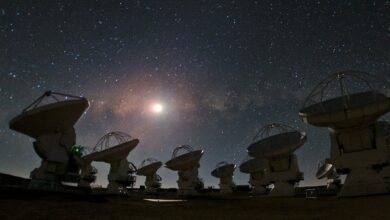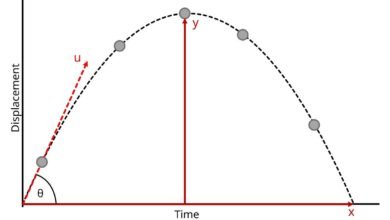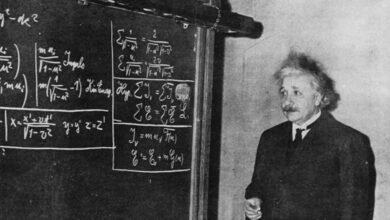Strongest “missing link” in black hole physics discovered at last | by Ethan Siegel | Starts With A Bang! | Jul, 2024

We know of stellar mass and supermassive black holes, but intermediate mass ones have long proved elusive. Until now.
All throughout the Universe, black holes abound in great numbers and with impressive masses. On the one hand, black holes are known to arise from the corpses of stars, and are seen with orbiting companions, often emitting X-rays, and have also been discovered by inspiraling and merging through their gravitational wave emissions. Over 100 such black holes are known, with masses between ~3 and ~200 solar masses. On the other hand, there are supermassive black holes, predominantly found at the cores of galaxies, with much greater masses: from hundreds of thousands of times the mass of our Sun up to tens of billions.
But an in-between population of intermediate-mass black holes has long been suspected to exist, but has proven extremely difficult to unveil directly. One of the leading places to search for them has been near the centers of globular clusters: dense collections of anywhere between hundreds of thousands to several million stars, all bound together in a volume just a few tens of light-years in size. These globular clusters abound nearby, with more than 100 of them bound to our Milky Way and with over 1000…
Source link





